Scientists Make a Major Breakthrough with Woolly Mammoth DNA
A prehistoric discovery has led to a significant breakthrough as scientists have successfully mapped the three-dimensional architecture of a woolly mammoth’s genome using fossilized remains.
This achievement marks the first time that the complete DNA of an ancient animal has been replicated from a fossil.
Groundbreaking Genome Mapping of Ancient Mammoth
The research, detailed in a paper published on July 11 in the journal Cell, is the result of a six-year study conducted by an international team of scientists.

Source: Wikipedia
The mapping of the genome signifies a “new kind of fossil, a fossil chromosome,” explained Erez Lieberman Aiden, a molecular and human genetics professor at Baylor College of Medicine and a co-author of the study, according to The New York Times.
Future Scientific Breakthroughs
This finding could pave the way for further scientific discoveries.
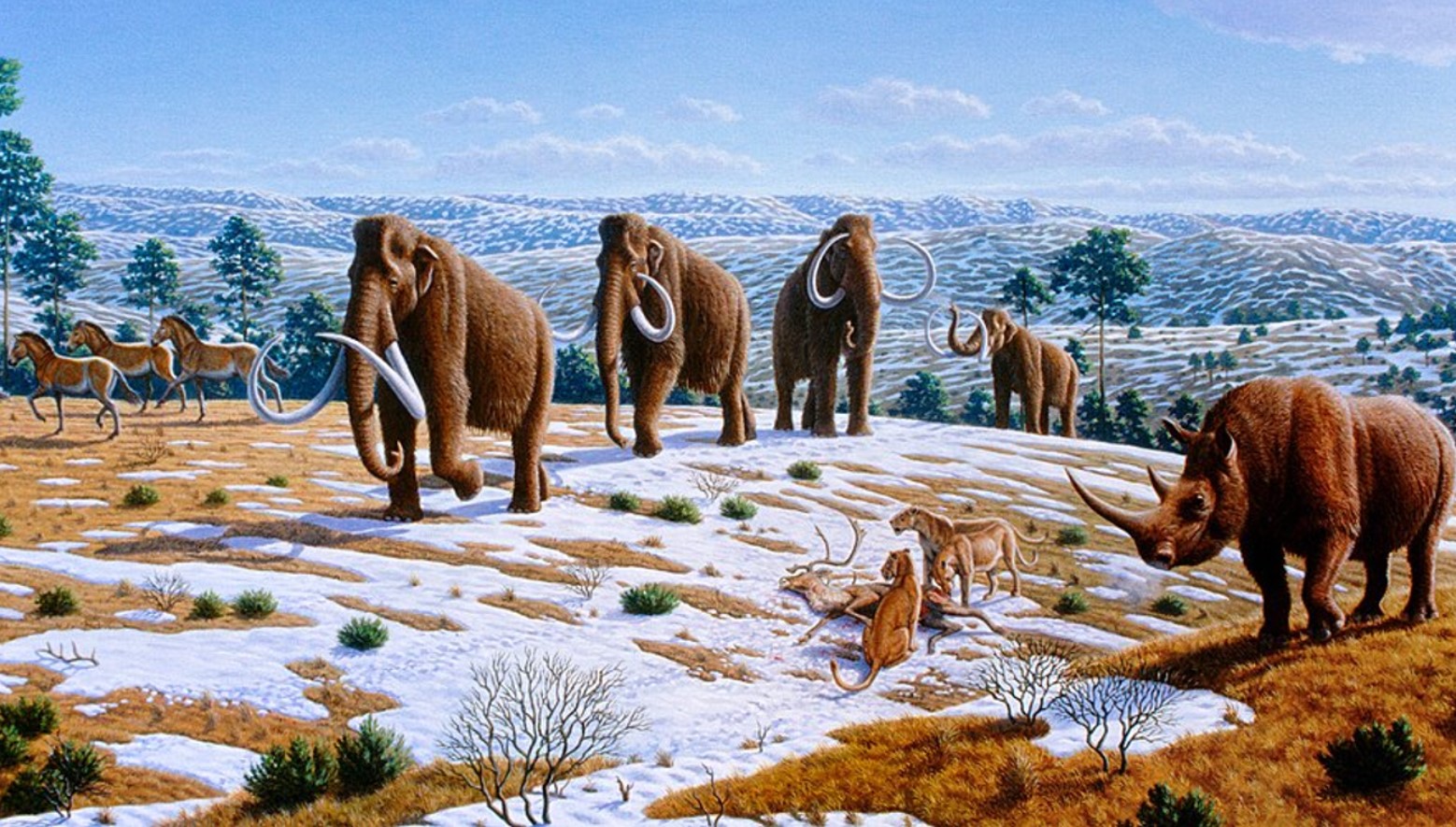
Source: Wikipedia
The fossilized remains in question belong to a 52,000-year-old woolly mammoth discovered in remote Siberia.
Mammoth was Freeze-Dried Preserved
The mammoth was “impeccably freeze-dried by nature, its swatches of fur remaining intact,” reported The Washington Post, likely due to the region’s severe winters.
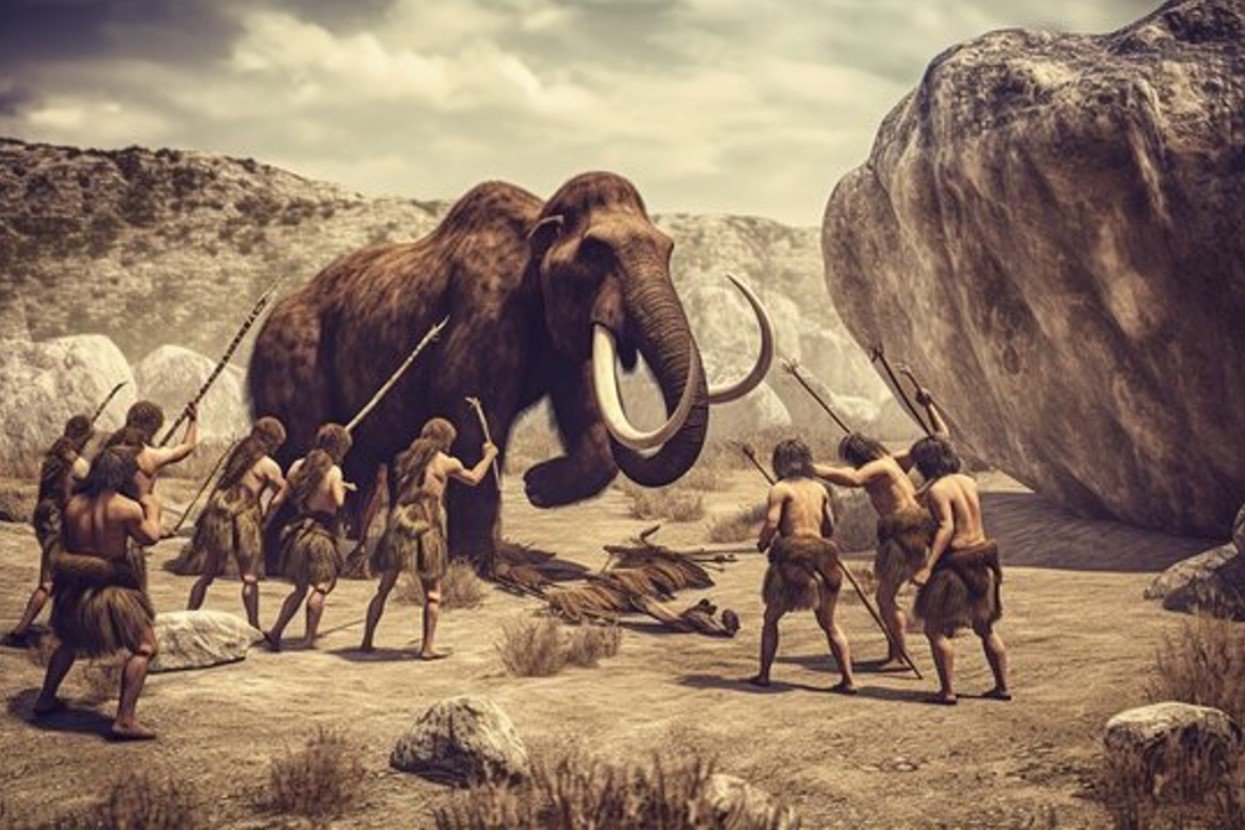
Source: Adobe Stock
Consequently, the mammoth “probably entered a dehydrated state shortly after death, protecting it from being colonized by fungi and bacteria.”
Organized Chromosomes and Gene Activity
Scientists examined a small skin sample from the back of the mammoth’s ear, using one of these swatches of fur.
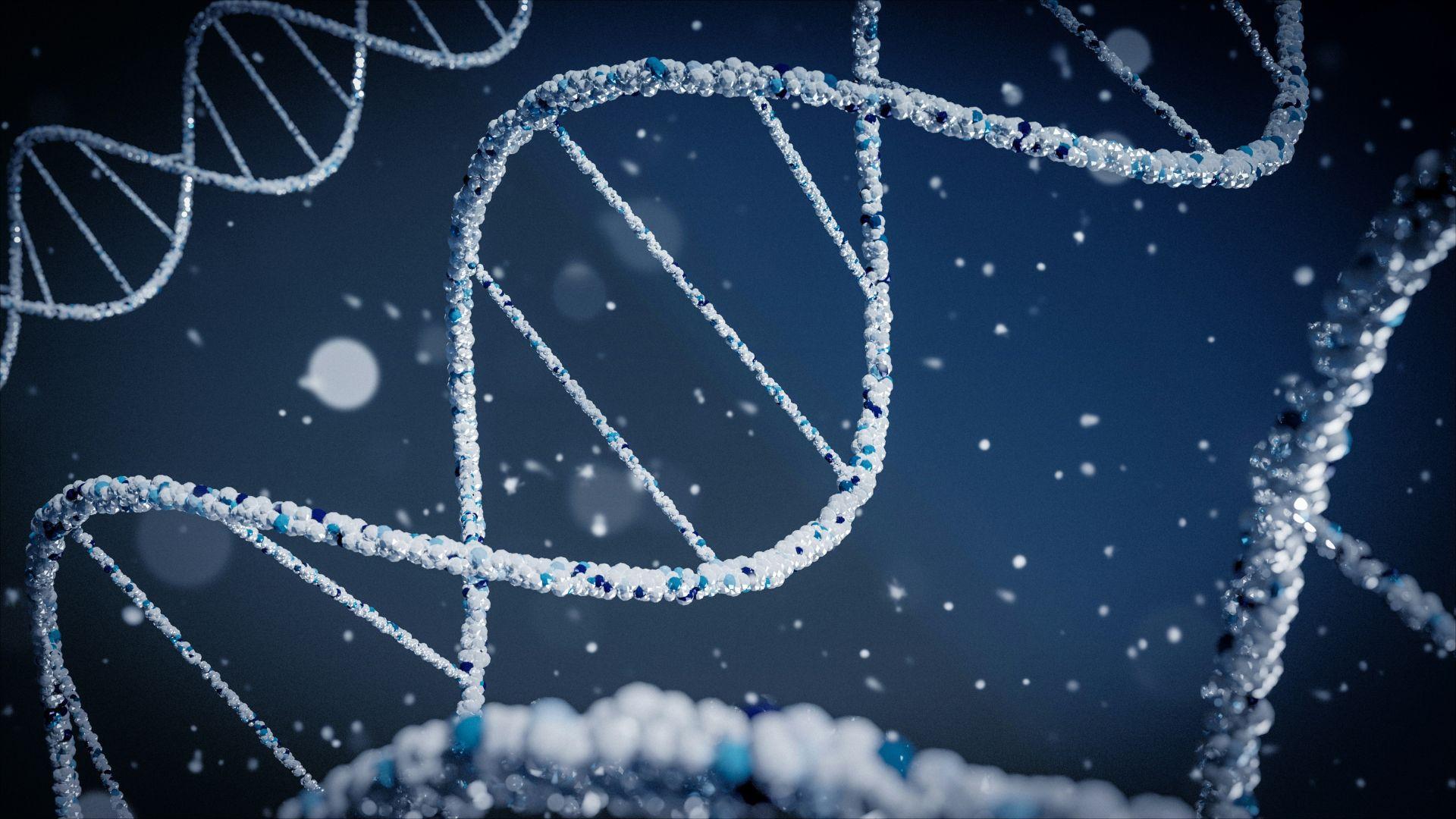
Source: Braňo/Unsplash
During the examination, it was found that the “chromosomes in each cell were still organized into clear territories, giving experts insight into which genes were switched on and off while the mammoth was alive,” said the Post.
Challenging Reconstruction
With this understanding and the quality of the sample, researchers were able to “extract DNA and use a technique known as Hi-C to reconstruct the three-dimensional structure of all 28 of the mammoth’s chromosomes — the extinct creature’s entire genome,” according to NPR.

Source: chokniti/Freepik
This was a challenging endeavor, given that the mammoth’s genome contains over 4 billion base pairs of DNA, compared to the human genome’s 3 billion.
Milestone Achievement
Scientists were “able to assemble the genome of a woolly mammoth just as 25 years ago humans were excited for the first time to assemble our own genomes,” noted Aiden.
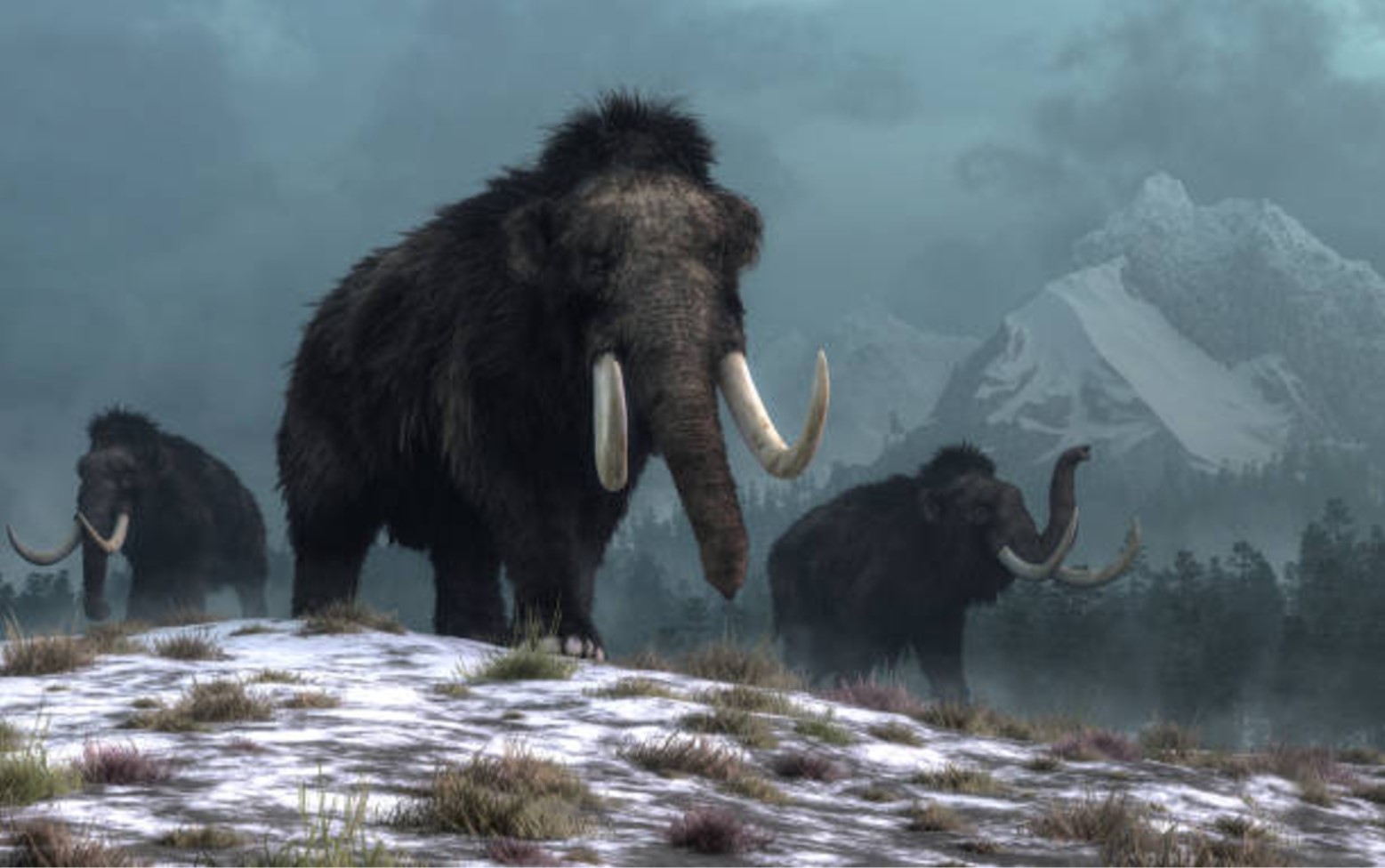
Source: iStock
This milestone now makes it possible to do the same for long-extinct animals.
New Opportunities in Extinct Species Biology
This discovery “opens up major new possibilities of exploring the biology of extinct species,” said Adrian Lister, a paleontologist at London’s Natural History Museum, to Scientific American.
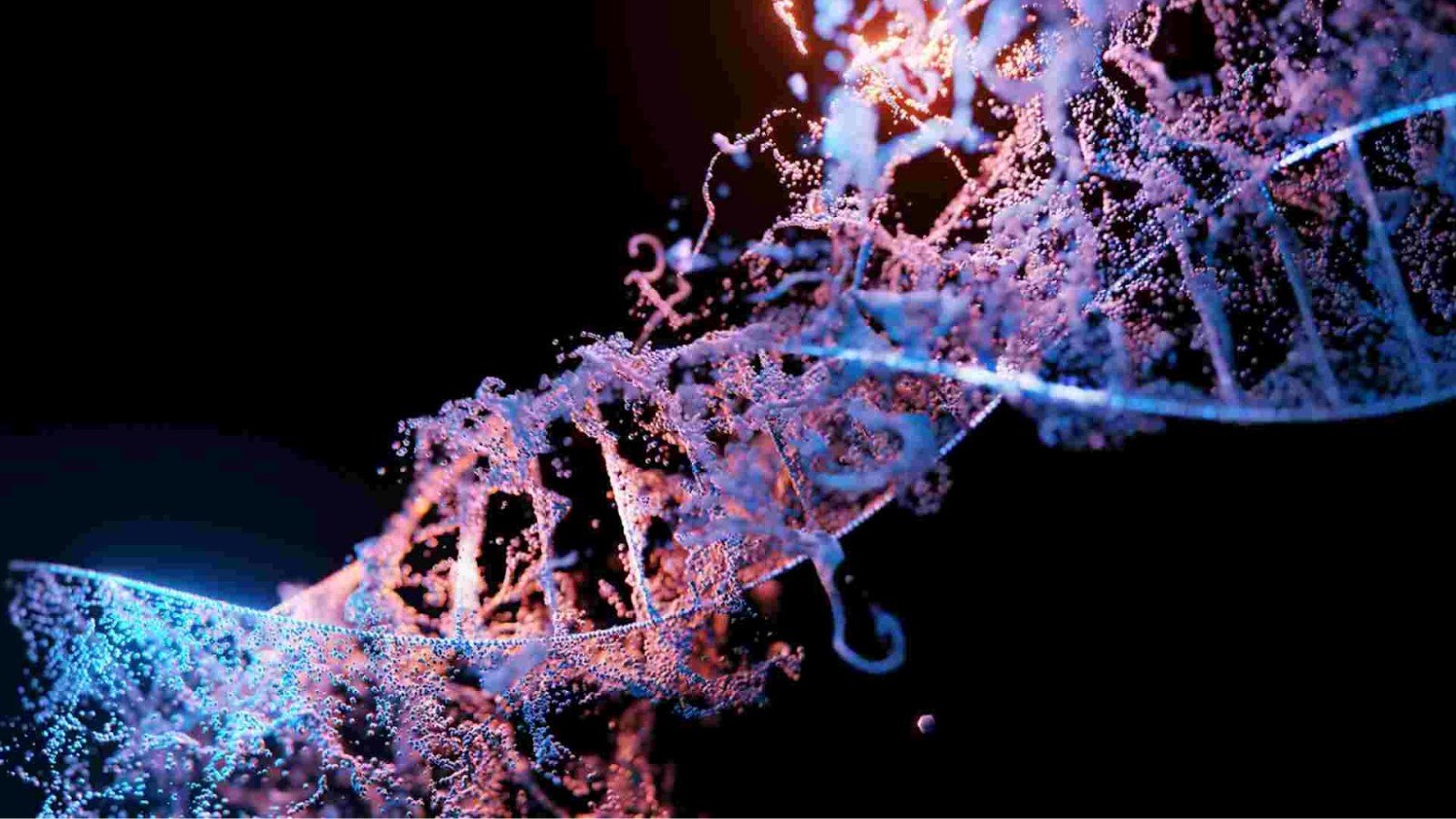
Source: Sangharsh Lokakare/Unsplash
He described it as an “astonishing study.”
Potential for Broader Genetic Insights
One significant potential of the study is that it could lead to the collection of similar genetic information from other fossilized remains.

Image: Andrew Brookes/Getty Images
The “widespread use of the technique could generate more precise ancient genomes and allow analysis of new species,” remarked Juan Rodríguez, a geneticist at the University of Copenhagen and co-author of the study, to Scientific American.
Understanding of Evolution and Modern Conservation
The new 3D structural analysis bypasses many of the obstacles faced when piecing together ancient DNA, potentially enriching evolutionary trees and examining how organisms adapted to changing environments, thereby offering insights for modern conservation efforts.
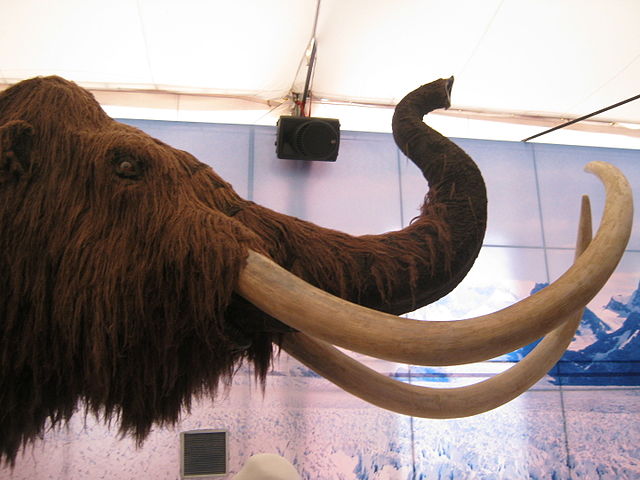
Source: Juan Velasco/Wikimedia
These conservation efforts could involve evaluating “how poorly or how well species are doing in terms of genetic diversity and their overall genetic health,” said Patrícia Chrzanová Pečnerová, an assistant professor of evolutionary genetics at the University of Copenhagen, to the Post.
Importance of Historical Insights for Future Research Potential
The woolly mammoth breakthrough exemplifies this, as understanding what is natural requires looking back into the past.
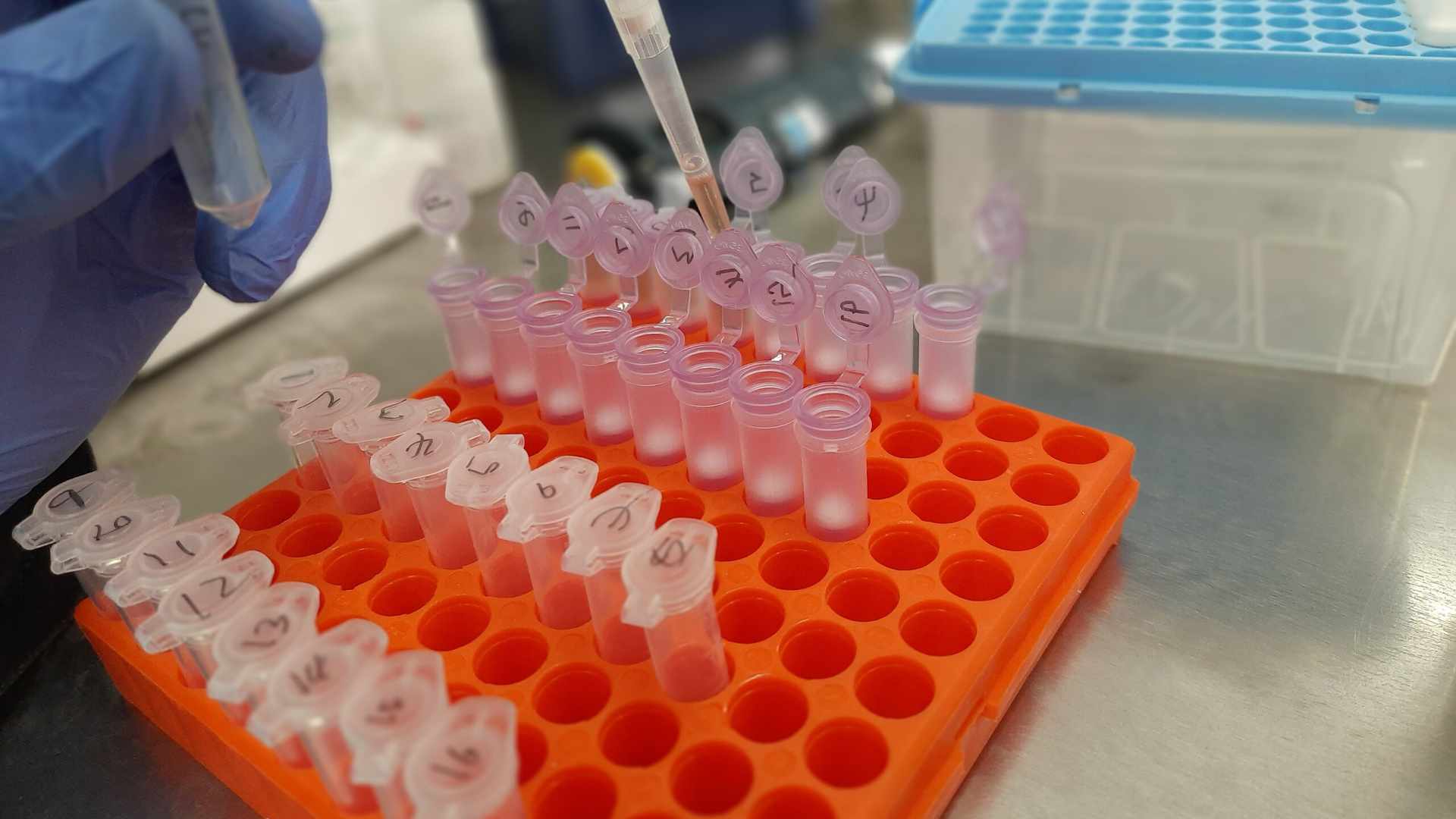
Source: Ajay Kumar Chaurasiya/Wikimedia
Researchers are confident that this discovery will extend beyond just the mammoth or this particular specimen.
Breakthrough Opens New Field with Tremendous Potential
Olga Dudchenko, an assistant professor of molecular and human genetics at Baylor College of Medicine and another co-author of the study made a statement to CNN.

Source: Wikimedia
Dudchenko said this breakthrough is “basically opening up a new field that has tremendous potential.”
